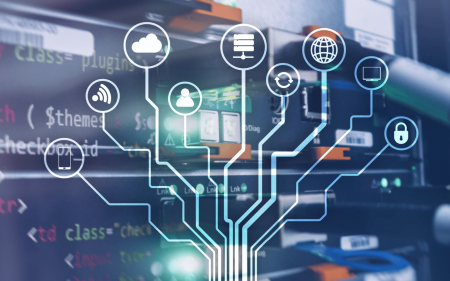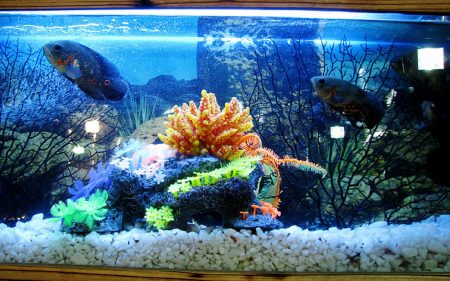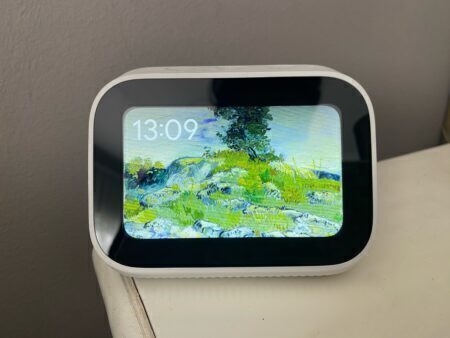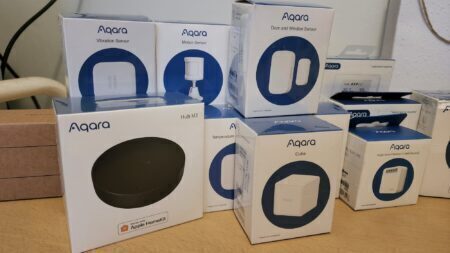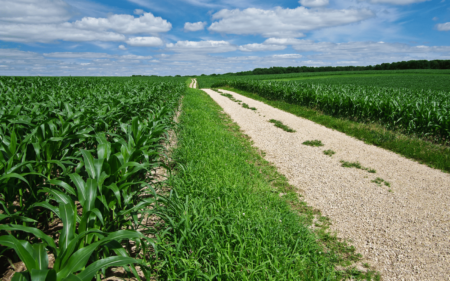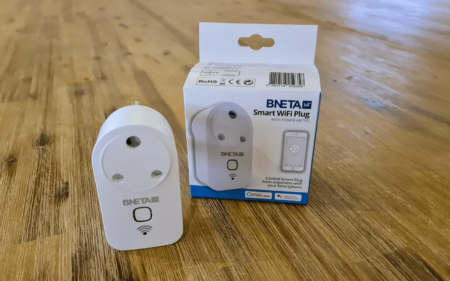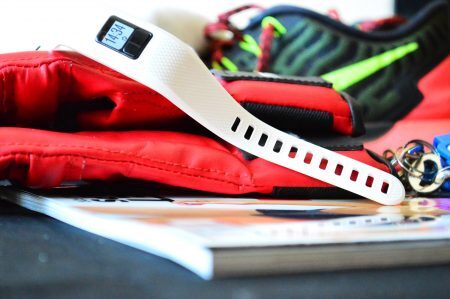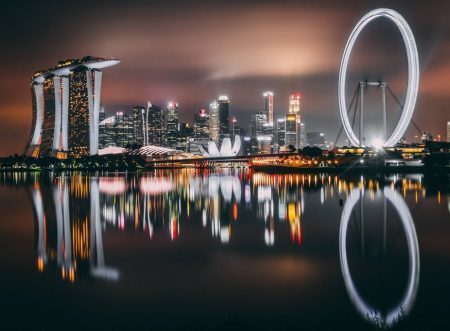From smart toasters to fitness collars for dogs, we live in a world where everything around us is gradually being…
Browsing: IoT
Hacks that happened via clever social engineering, vulnerabilities in wireless printer tech, and… a fish tank.
Looking for a no-frills bedside clock that can stream your favourite podcast or tell you what the weather will be?…
The thing about setting up a smart home is that it requires several things. Those would be technical skill and…
Water is the most essential resource for life, for both humans and the crops we consume. Around the world, agriculture…
Stuff says – 4/5 Are you looking to bring a bit of smarts to your home? This IoT WiFi…
The growth of the Internet, and the volume of connected devices, has seen the Internet of Things (IoT) successfully disrupt…
The wearable technology market is booming, with half a billion wearables sold globally in 2020. Apps on these devices, or the devices…
Internet connected devices need power. That either means connecting them to the grid, which limits what we can use them for, or using batteries. So as the Internet of Things grows and more and more internet-enabled devices and sensors are rolled out as is expected, it could produce billions of extra batteries that have to be recycled every year, or else will just be thrown away.
Today, improving urban services through digital transformation is a huge industry, dominated by the likes of Cisco and IBM. But the idea of a “smart city” encompasses more than the clever application of technology in urban areas. That technology must also contribute to making cities more sustainable, and improving the quality of life for the people who live there.

